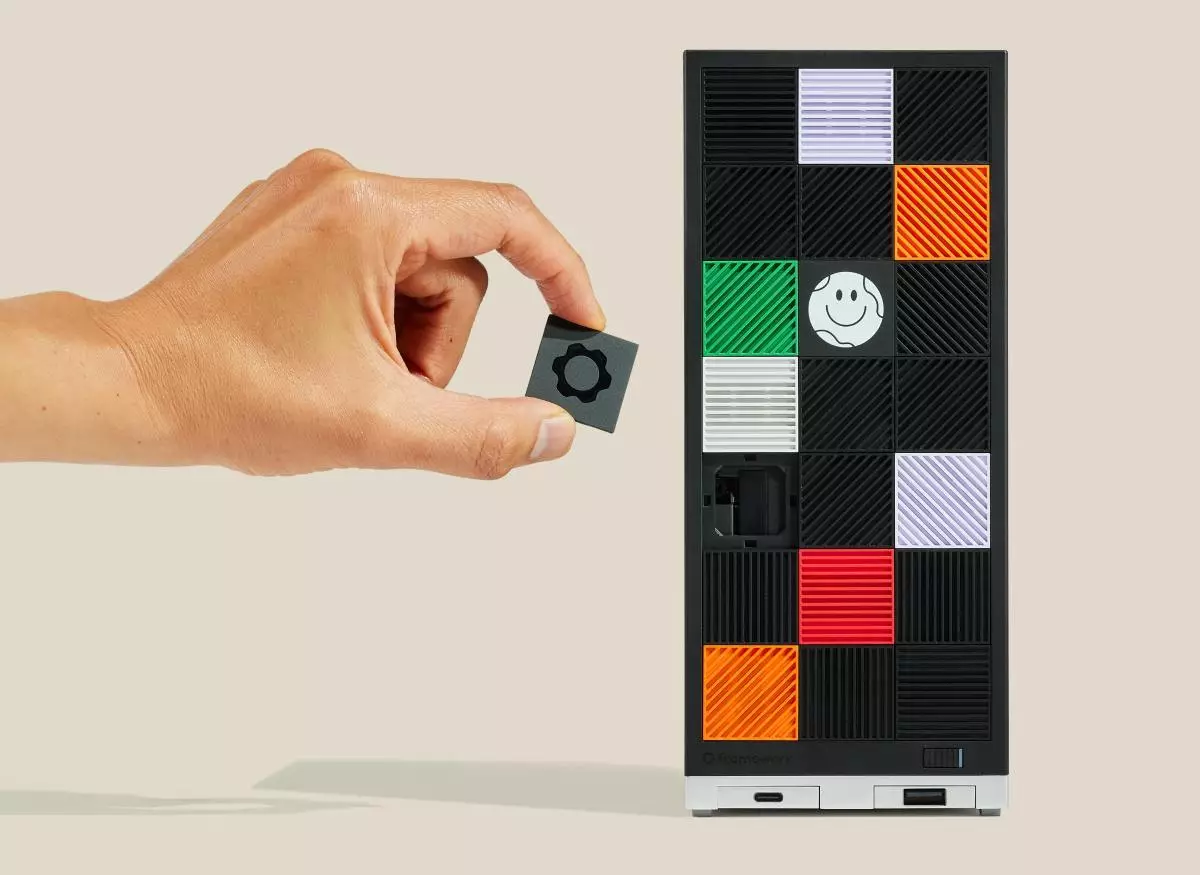Framework, a company primarily recognized for its pioneering modular laptops, has recently made a bold leap into the desktop computer arena. With their debut desktop model, Framework has skillfully merged compact design with cutting-edge technology, appealing to users seeking powerful yet space-efficient computing solutions. This ambitious move signals Framework’s intent to redefine expectations within the increasingly competitive desktop market.
Revolutionary Internal Architecture
At the heart of the Framework Desktop lies a groundbreaking component: the newly unveiled AMD Strix Halo architecture, featuring the Ryzen AI Max processors. This all-in-one design integrates high-performance processing capabilities while promising enhanced efficiency. Significantly, Framework has positioned its desktop solution to cater to two specific audiences: gamers in search of diminutive powerhouses and tech enthusiasts eager to harness the potential of running complex language models independently.
This unique approach to the desktop market stands out as one of its most significant features. The remarkable performance capabilities of the AMD Strix Halo architecture allow the Framework Desktop to sidestep conventional limitations, equipping users with an unparalleled computing experience.
Contrary to traditional desktop form factors, the Framework Desktop sports a compact 4.5L chassis built around a mini-ITX motherboard. Its size is strikingly smaller than that of popular gaming consoles like the PlayStation 5 or Xbox Series X, which may initially lead some to dismiss it as a mere toy. Yet, the petite dimensions are ingeniously complemented by a customizable front panel adorned with 21 interchangeable plastic tiles. This design innovation invites users to personalize their computers with varying colors and patterns, paving the way for self-expression in an otherwise utilitarian category.
The practical user experience continues with the Framework Desktop’s port configuration, which includes the company’s signature expansion cards. Located at both the front and back, these modules are designed for versatility, allowing users to choose from an impressive array of options like USB-C, USB-A, headphone jacks, SD card readers, and even storage expansion solutions.
The Ingenious Internals: Performance Meets Simplicity
Underneath the sleek exterior, the Framework Desktop maintains a straightforward internal layout. Central to this configuration are the AMD Strix Halo APU, thermal solutions like a fan and heat sink, along with a power supply and two M.2 2280 NVMe SSD slots for storage. Notably, Framework offers users a choice between the AMD Ryzen AI Max 385 and the Ryzen AI Max+ 395 configurations. The former boasts 8 CPU cores and 32 graphics cores, while the latter elevates performance with 16 CPU cores, 40 graphics cores, and an impressive 80MB cache.
However, one aspect that may generate debate among potential buyers is the RAM configuration. Framework has opted for soldered LPDDR5x memory instead of traditional modular upgrades, providing between 32GB to 128GB of unified memory. According to Framework CEO Nirav Patel, this design choice delivers crucial performance benefits, enabling the massive 256GB/s memory bandwidth that Ryzen AI Max processors promise. Independent tests confirm that large language models like Llama 3.3 70B run smoothly, demonstrating the product’s viability for local AI workloads.
Framework’s approach to customization and modularity extends beyond aesthetics and internal components. They have made the mainboard available without a case, allowing users to integrate their systems into custom setups or mini-racks featuring multiple desktops for AI experimentation. This invitation to the tech-savvy and innovative community underscores Framework’s commitment to fostering an ecosystem of exploration and creativity.
The Framework Desktop is available for pre-order at a base price of $1,099, while the top-tier option reaches nearly $2,000. As with their laptops, compatibility with Windows and popular Linux distributions, including Ubuntu and Fedora, ensures a broad appeal among diverse computing audiences. Although shipments won’t commence until early Q3 2025, the anticipation surrounding this product is palpable.
The introduction of the Framework Desktop signifies an exciting evolution within the realm of personal computing. By seamlessly integrating compact design, expansive customization options, and advanced processing capabilities, Framework is successfully blending the worlds of gaming and AI-driven workloads. The company is not just offering a product; they are reshaping how individuals engage with technology, and with it, they open up possibilities for creative exploration in computing. As we await the first shipments in 2025, the excitement for this innovative desktop continues to grow, illustrating how far we can push the boundaries of modern computing.

